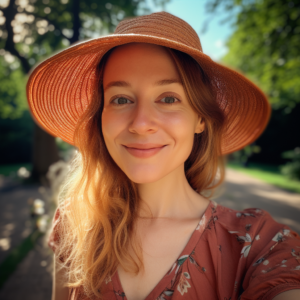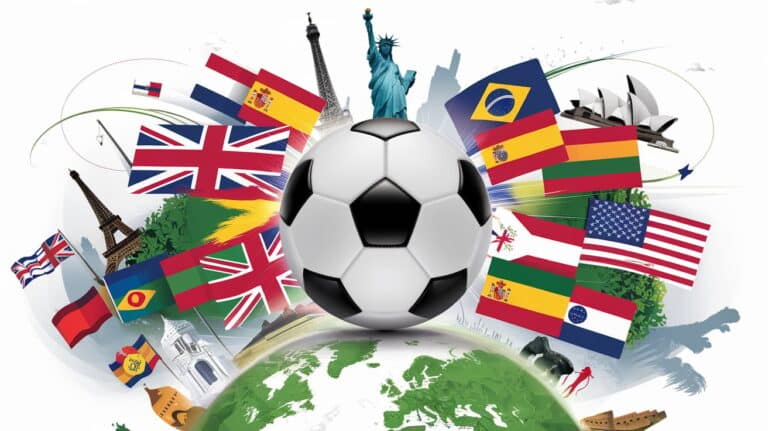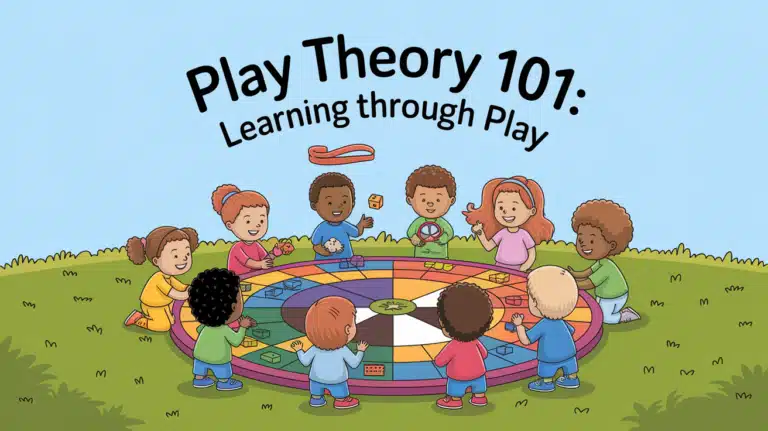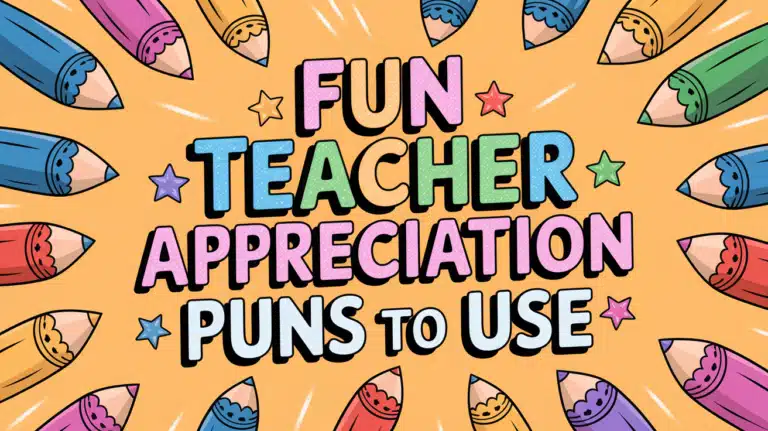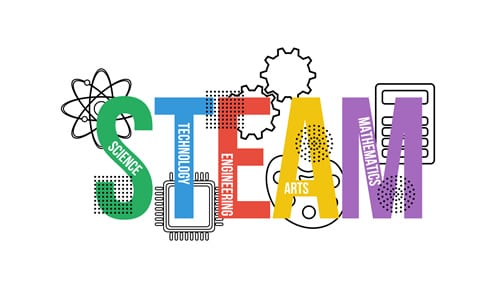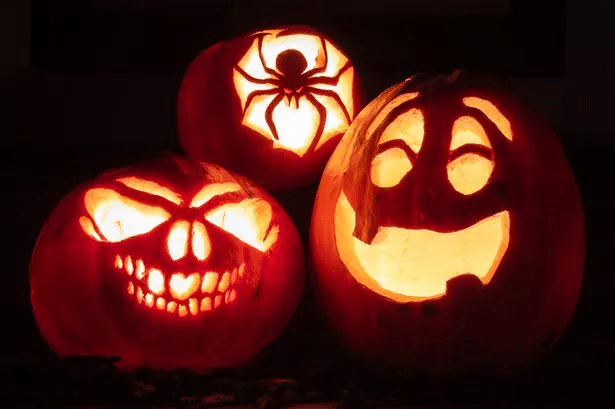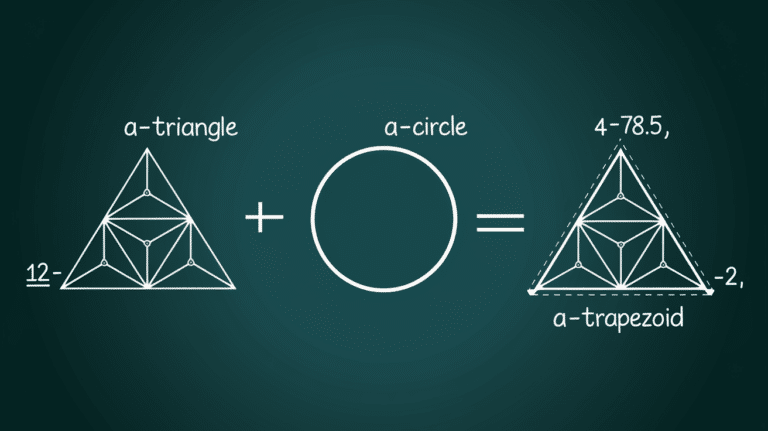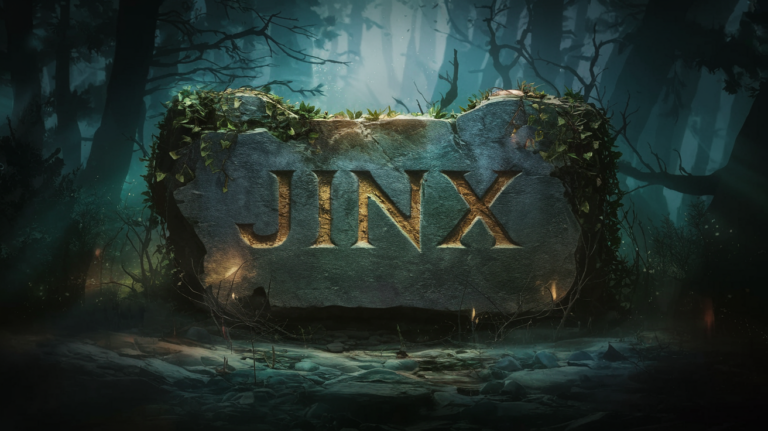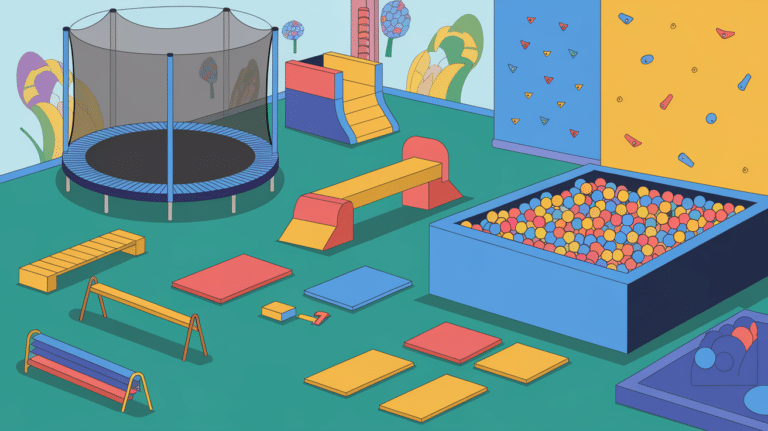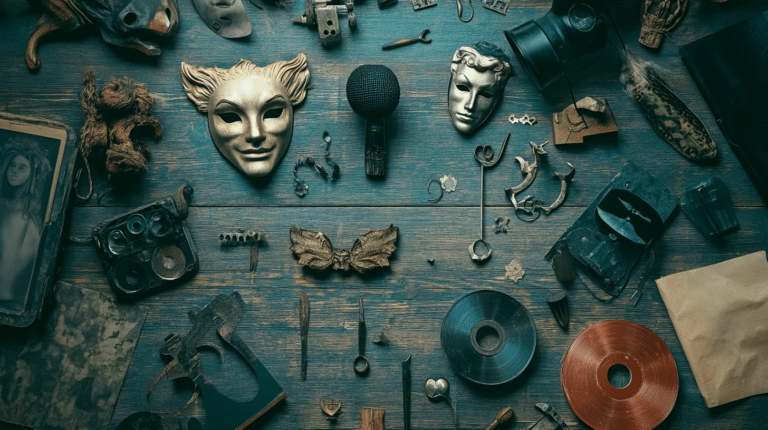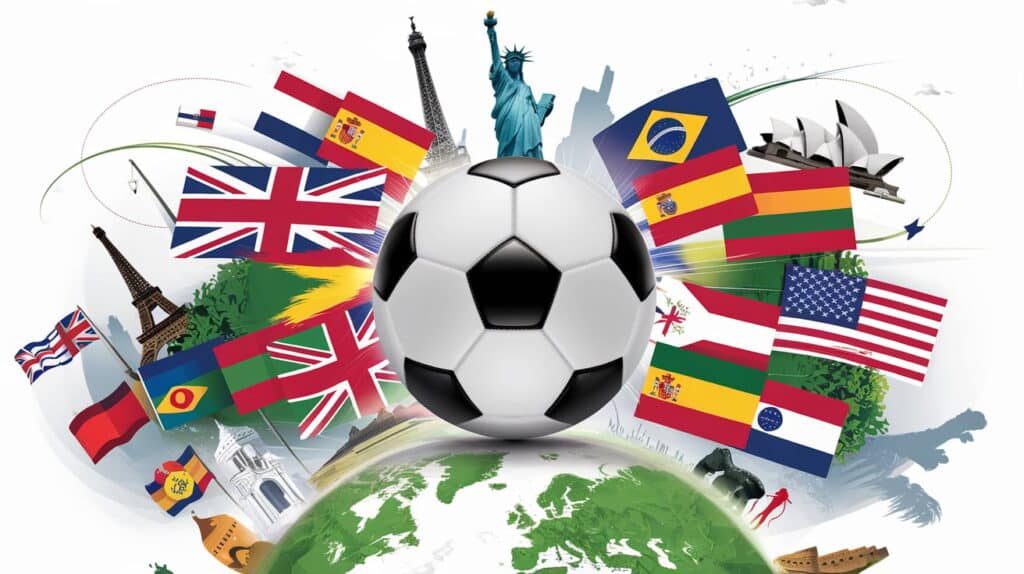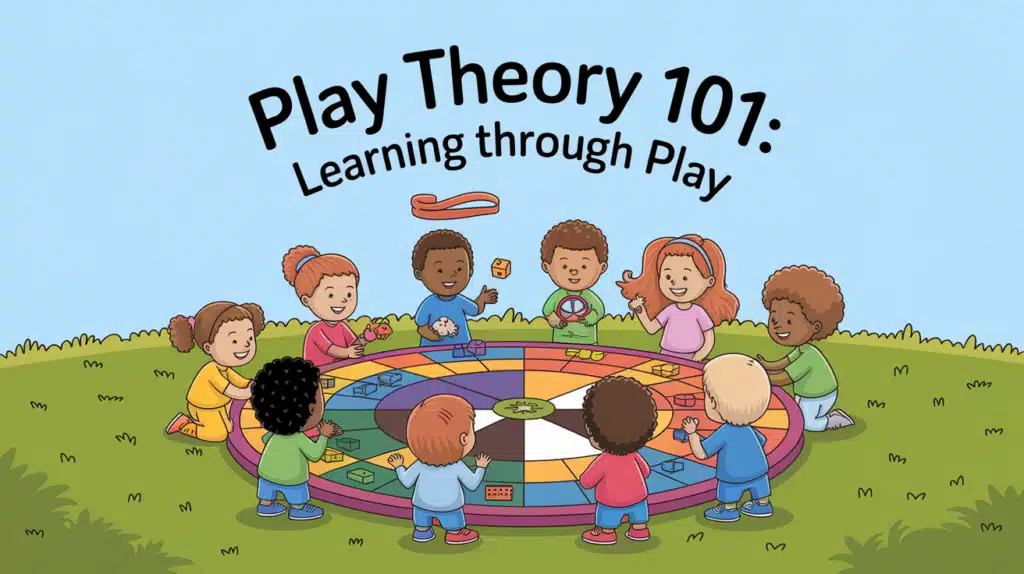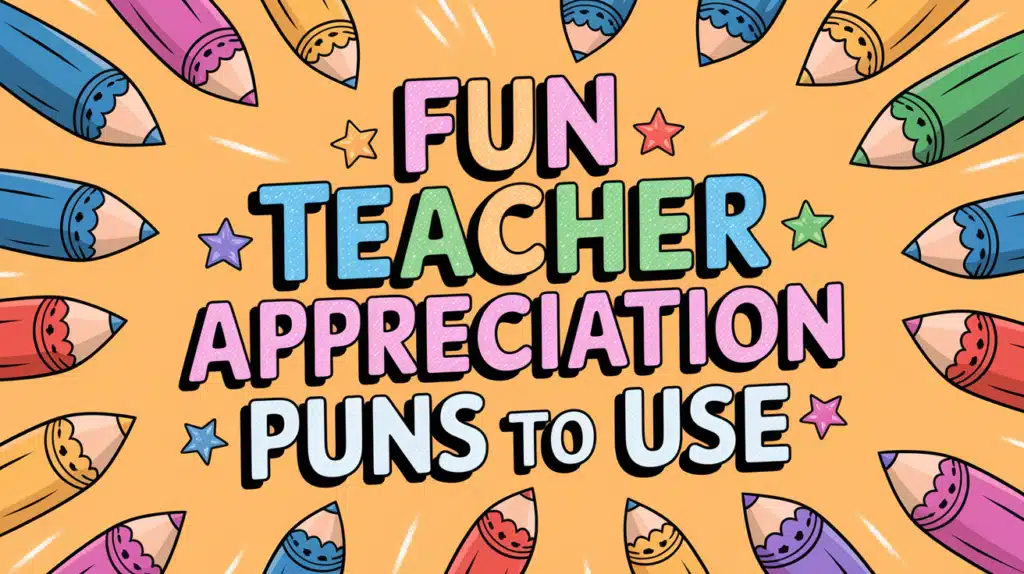Teachers feel stuck. Finding fresh, fun ways to teach Black history can be tough. Most resources seem dry or fail to grab students’ attention.
But there’s good news! Games and activities can change how students learn about Black history. These 15 ideas will help teachers make Black History Month both educational and enjoyable.
From timeline challenges to role-playing exercises, these activities encourage students to connect with important historical figures and events. They go beyond basic facts to foster deeper understanding and meaningful discussions.
The best part? These games work for various grade levels and can fit into existing lesson plans without major changes. Students will learn, remember, and truly appreciate the significance of Black history in America.
What is Black History Month and How Did it Get Started?

Black History Month began as “Negro History Week” in 1926, created by historian Carter G. Woodson. He picked February because it includes the birthdays of Frederick Douglass and Abraham Lincoln.
This week-long focus aimed to teach the American people about Black Americans’ contributions to society. Schools and communities across the country soon adopted the idea.
In 1976, the celebration grew into Black History Month when President Gerald Ford officially recognized it. He called on Americans to “seize the chance to honor the too-often ignored achievements of Black Americans.”
Today, Black History Month is observed each February in the United States and Canada. The UK, Ireland, and the Netherlands celebrate it in October. The month highlights Black excellence, resilience, and cultural impact throughout history.
Black History Month Games for The Classroom
Black History Month offers many chances to make learning active and fun. These games help students engage with history in meaningful ways. They build knowledge while promoting critical thinking and teamwork.
Try these classroom-tested activities to bring Black history to life for your students:
1. Black History Month Bingo

To play Black History Month Bingo, create bingo cards filled with significant people, events, and symbols related to Black history.
Each player gets a card, and the caller will describe the clues associated with each item. Players mark their cards when they recognize the clue. The first player to complete a row, column, or diagonal shouts “Bingo!” and wins.
- Significance: Helps children learn about important figures and events in Black history.
- Number of People: 2–6
- Best When: During classroom or family gatherings.
2. African American Inventors Matching Game
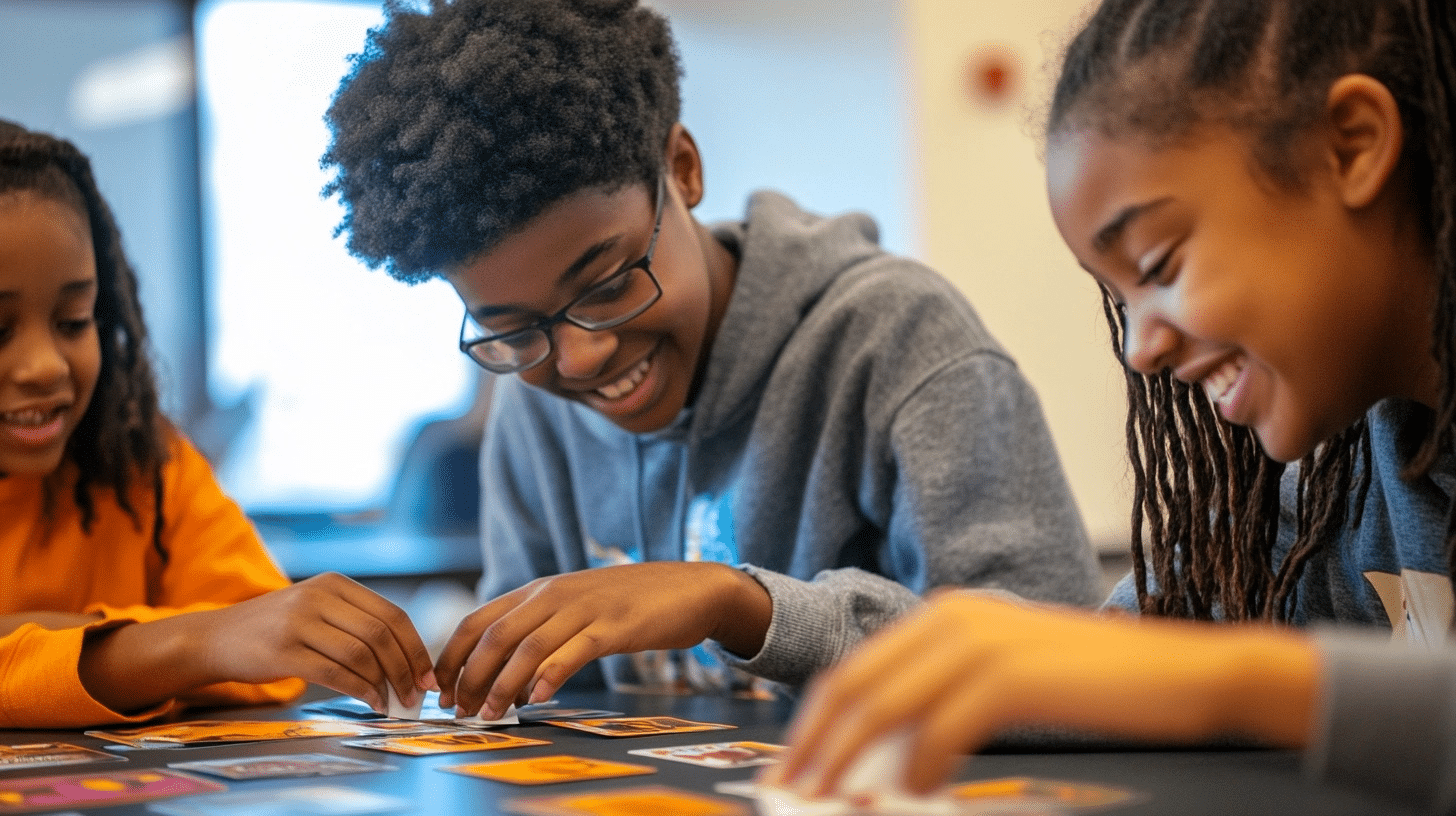
This game involves matching African American inventors with their inventions. Players take turns drawing cards with the names of inventors or their inventions and match them accordingly.
The game continues until all matches are made.
- Significance: It teaches the contributions of African American inventors and encourages innovation.
- Number of People: 2–4
- Best When: Ideal for educational settings or home learning.
3. Rosa Parks Bus Simulation

Recreate the historic moment when Rosa Parks refused to give up her seat.
One child plays Rosa Parks, and others act as bus passengers or the bus driver. The activity sparked discussions about segregation and civil rights.
- Significance: It teaches about the Civil Rights Movement and Rosa Park’s bravery.
- Number of People: 3–10
- Best When: In a classroom or during community programs.
4. African Drumming Circle
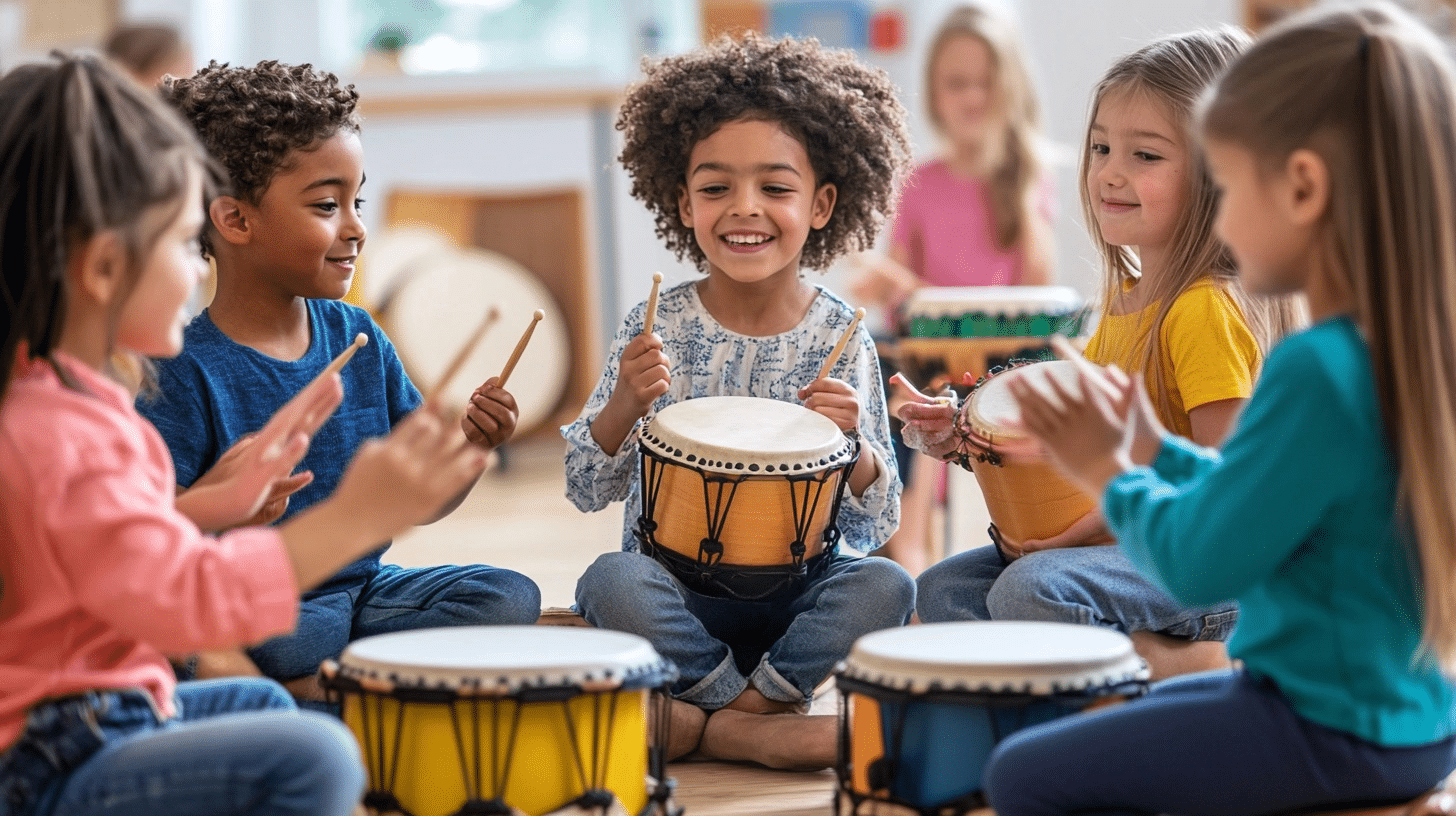
Gather a variety of drums and percussion instruments to form a circle. Children will learn basic drumming techniques, play rhythms, and express themselves through music.
The activity can include call-and-response patterns and collaborative music-making.
- Significance: Connects children with African musical traditions and fosters unity.
- Number of People: 5–15
- Best When: During cultural celebrations or group activities.
5. African American History Trivia
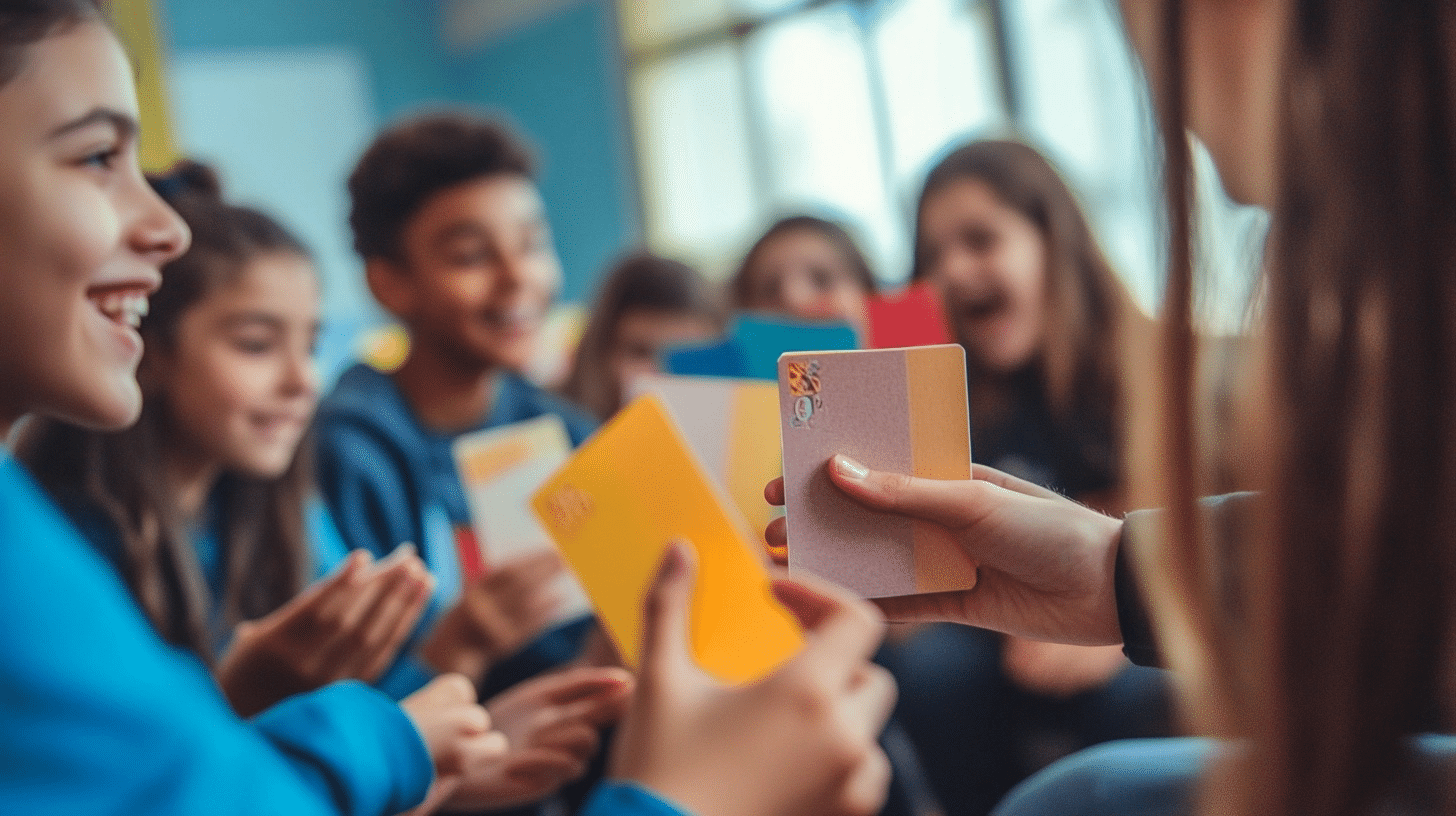
Host a trivia game where children answer questions about Black history, famous leaders, movements, and cultural achievements.
Players earn points for correct answers and can compete individually or in teams.
- Significance: Enhances knowledge of African American history and its impact.
- Number of People: 2–10
- Best When: During classroom activities or family events.
6. Create a Freedom Quilt

In this craft activity, children design their own “freedom quilts” by decorating fabric squares with symbols or messages about freedom and equality.
The squares are then sewn together to create a quilt.
- Significance: It teaches the history of the Underground Railroad and its symbolic quilts.
- Number of People: 2–10
- Best When: During art classes or Black History Month celebrations.
7. Black History Month Scavenger Hunt
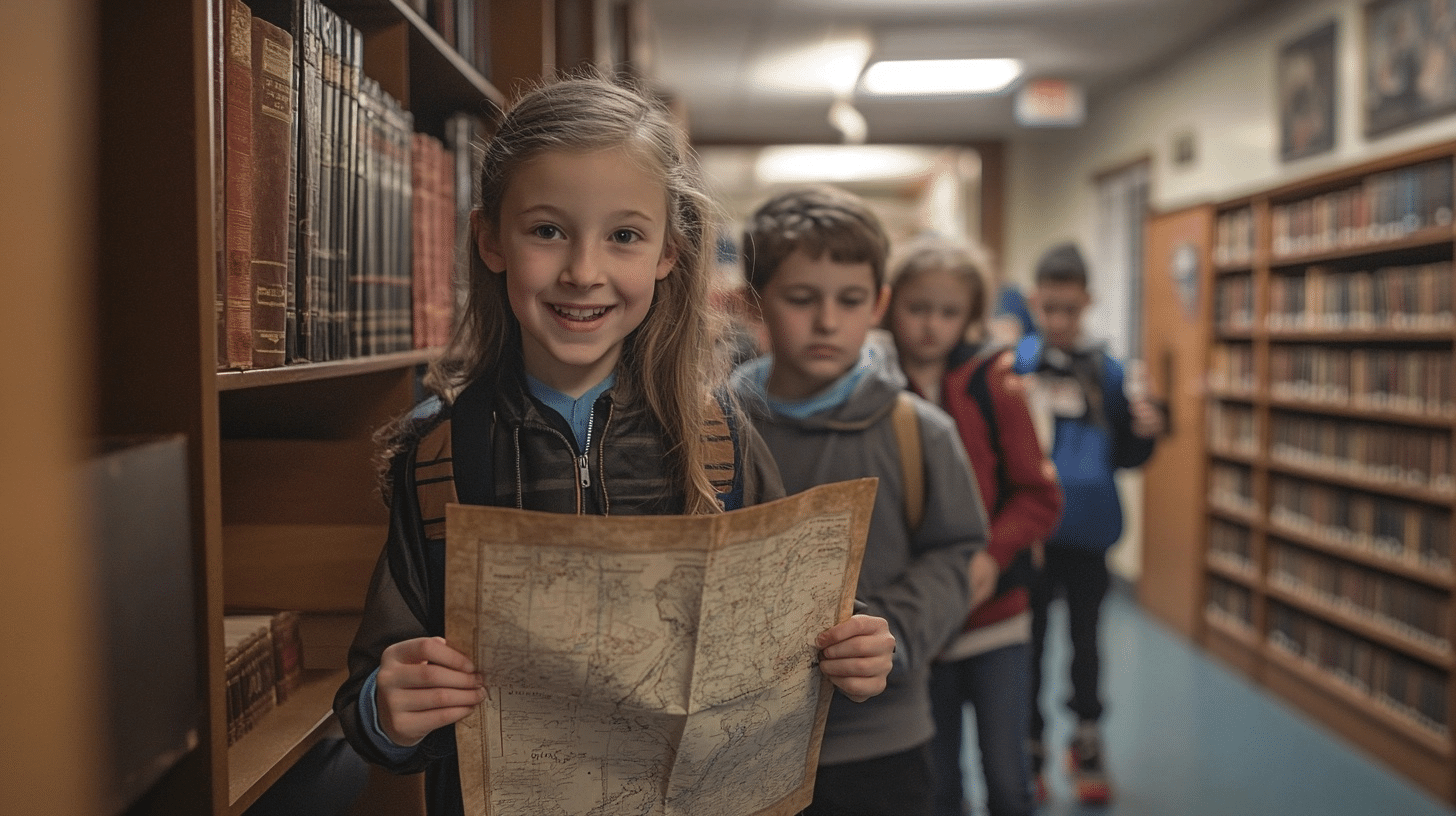
Organize a scavenger hunt with clues related to Black history figures and events. Each clue leads to the next, and players learn about historical figures as they go. The first to finish wins a prize.
- Significance: Encourages exploration of Black history and provides hands-on learning.
- Number of People: 2–10
- Best When: Perfect for classroom or outdoor activities.
8. Harriet Tubman Escape Room
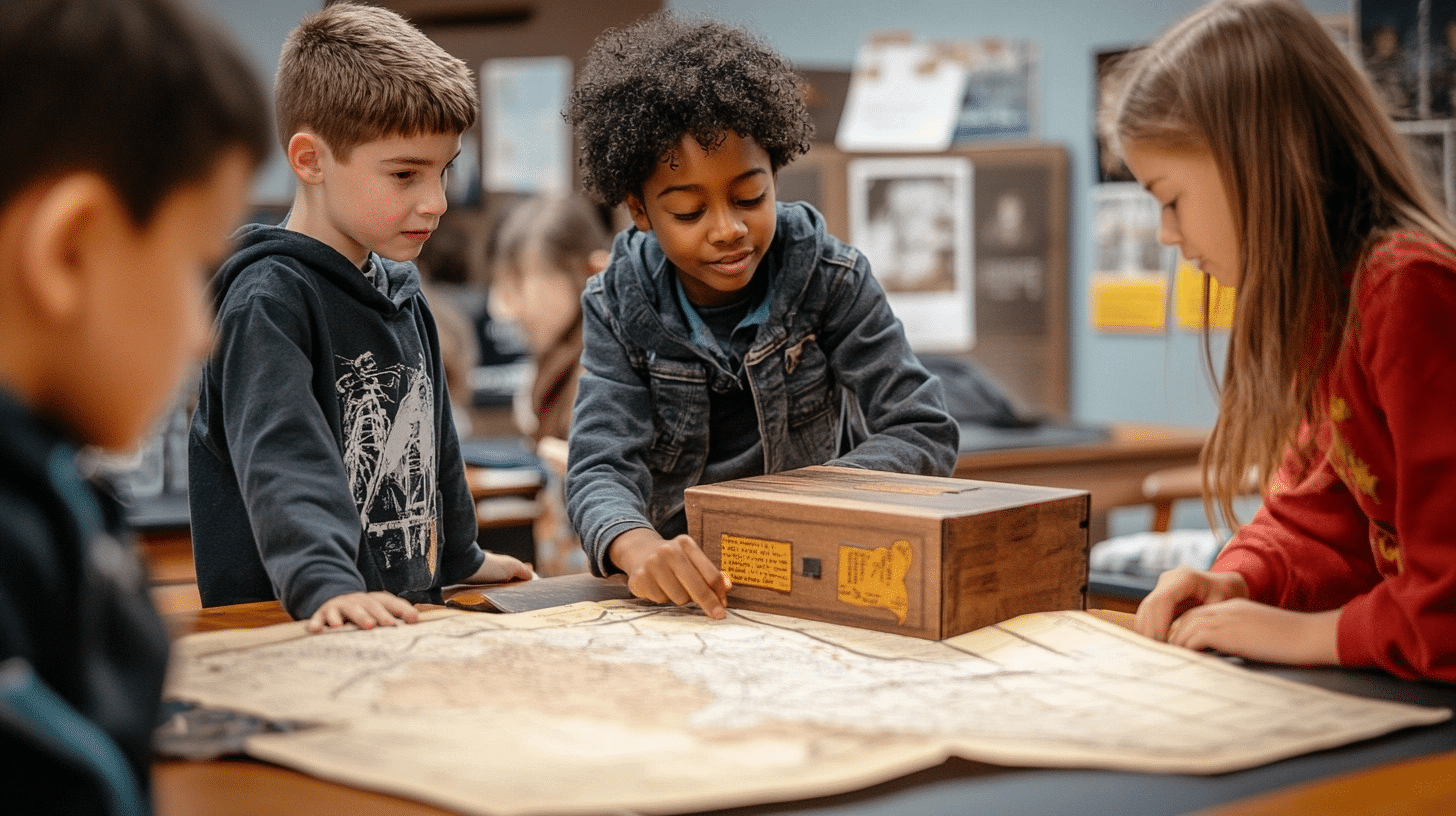
Create an escape room scenario where players must solve puzzles to “escape” through the Underground Railroad. Use clues and riddles related to Harriet Tubman’s expedition toward freedom.
- Significance: It teaches about Harriet Tubman’s courage and the escape routes used during slavery.
- Number of People: 4–8
- Best When: In classroom settings or group activities.
9. Black History Word Search
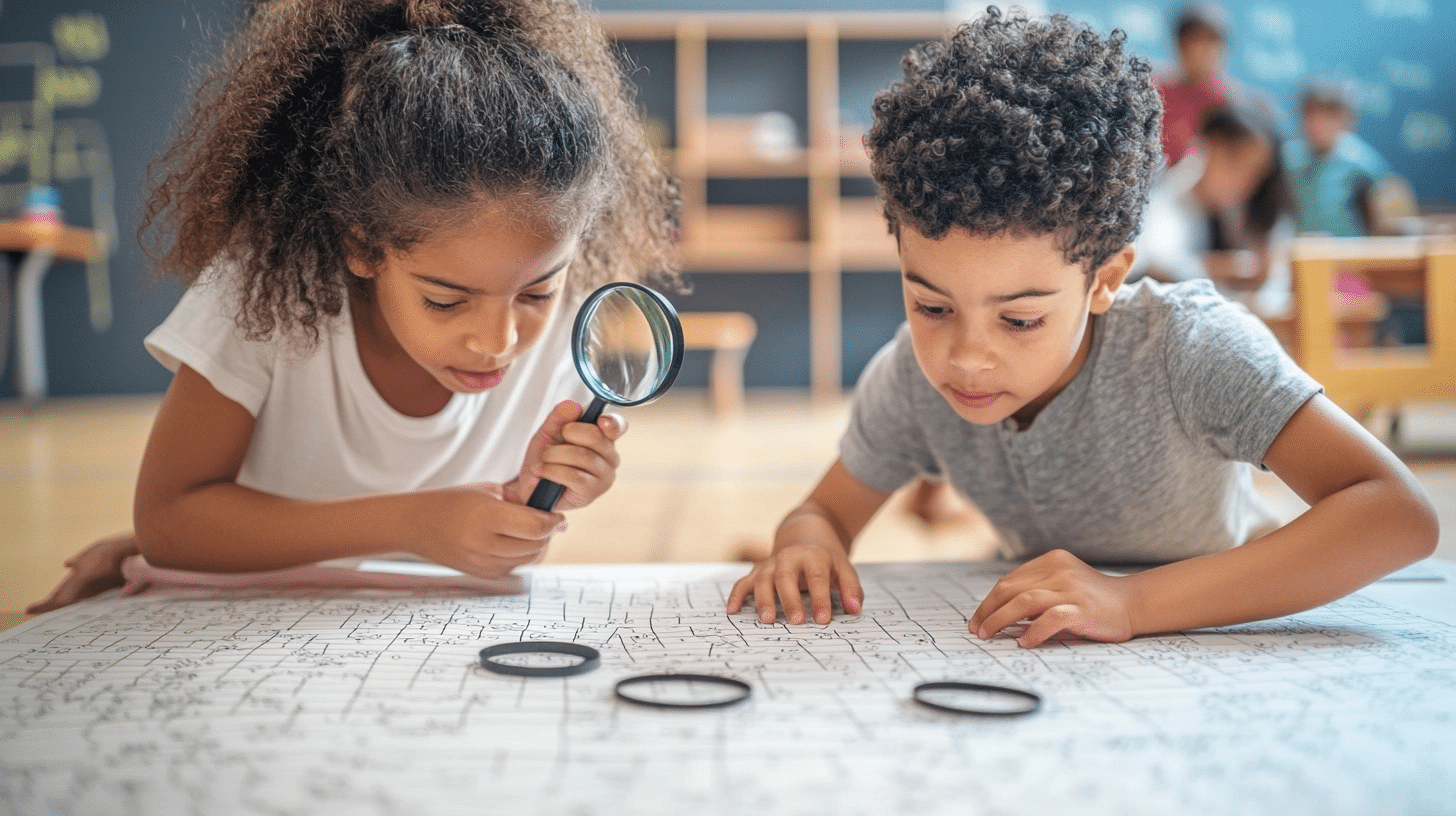
Create a word search puzzle filled with names of famous African Americans, historical events, and significant places. Players find and circle the words, learning about Black history along the way.
- Significance: Introduces key figures and terms in African American history.
- Number of People: 1–4
- Best When: Ideal for solo learning or quiet group activities.
10. Martin Luther King Jr. I Have a Dream Speech Roleplay
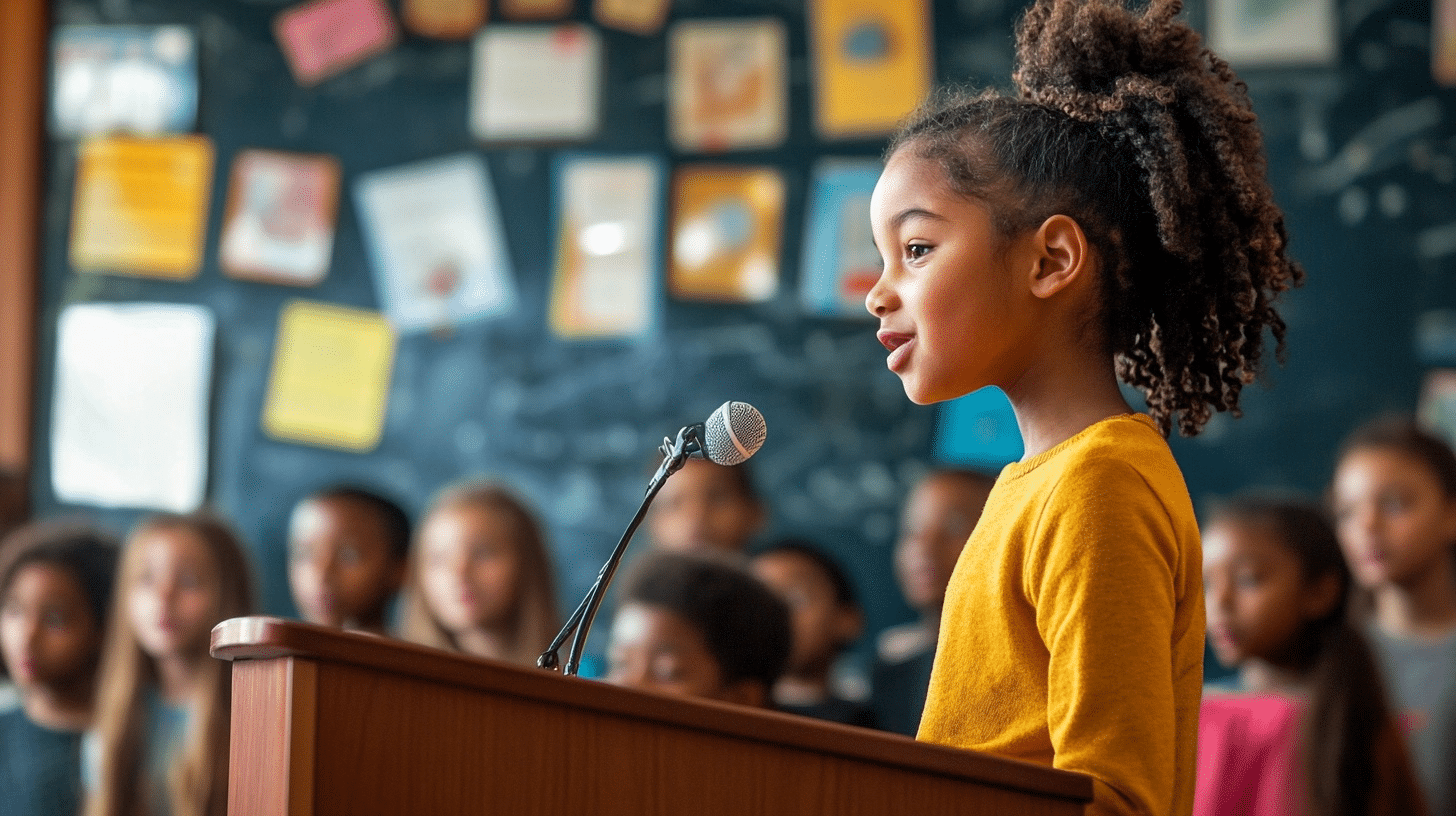
Children will memorize and recite parts of Dr. King’s famous “I Have a Dream” speech, then role-play by giving their own speeches inspired by his words.
- Significance: Highlights the importance of Dr. Martin Luther King Jr. and his advocacy for civil rights.
- Number of People: 2–10
- Best When: During classroom lessons or community events.
11. Create a Black History Timeline
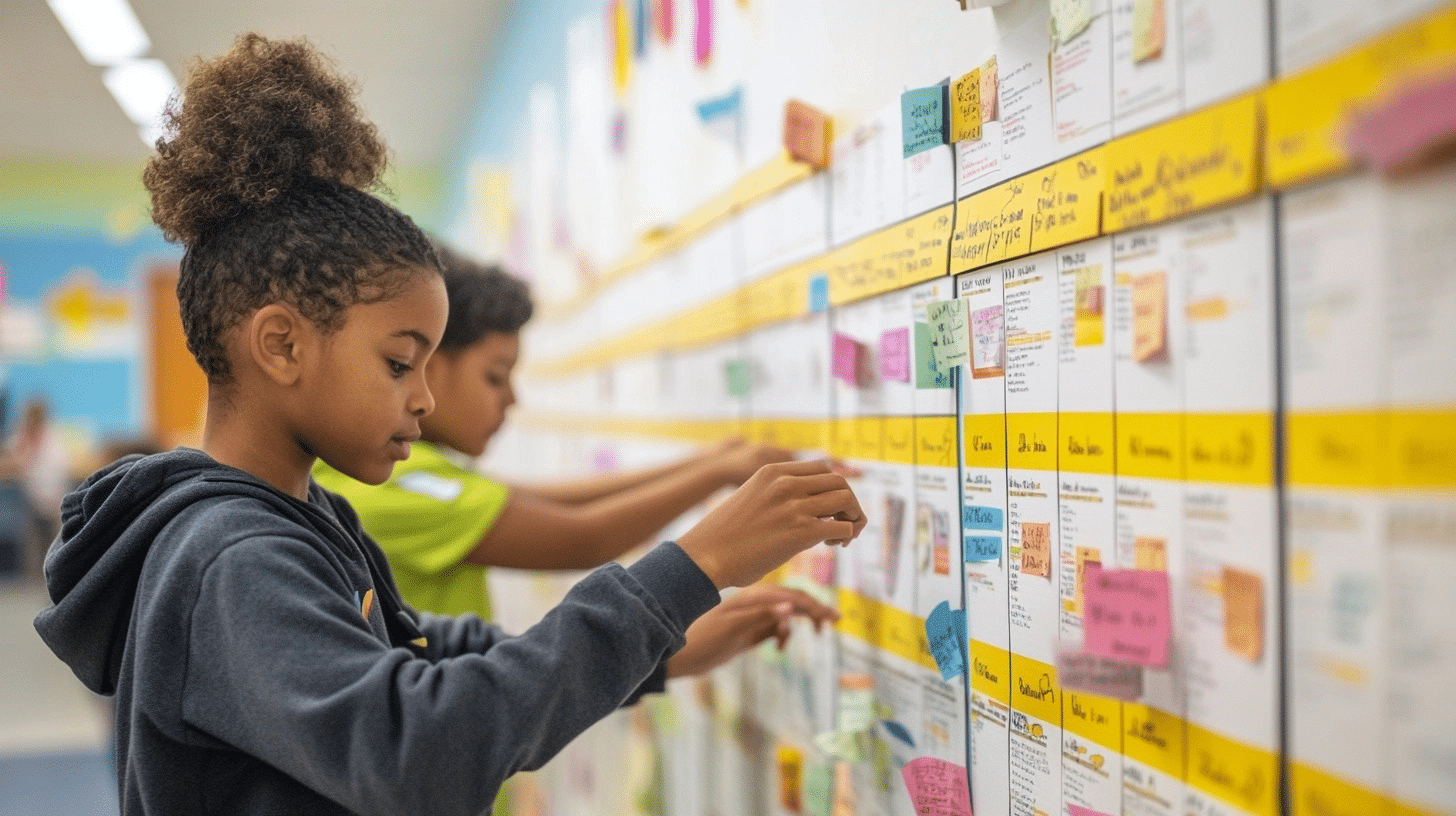
Give children various historical events, figures, and milestones in Black history. They will arrange these in chronological order on a large timeline, learning about the progression of Black history over time.
- Significance: It teaches children the progression of African American history and its significance.
- Number of People: 2–6
- Best When: In classroom settings or group work.
12. Celebrate Black Musicians with a Dance Party
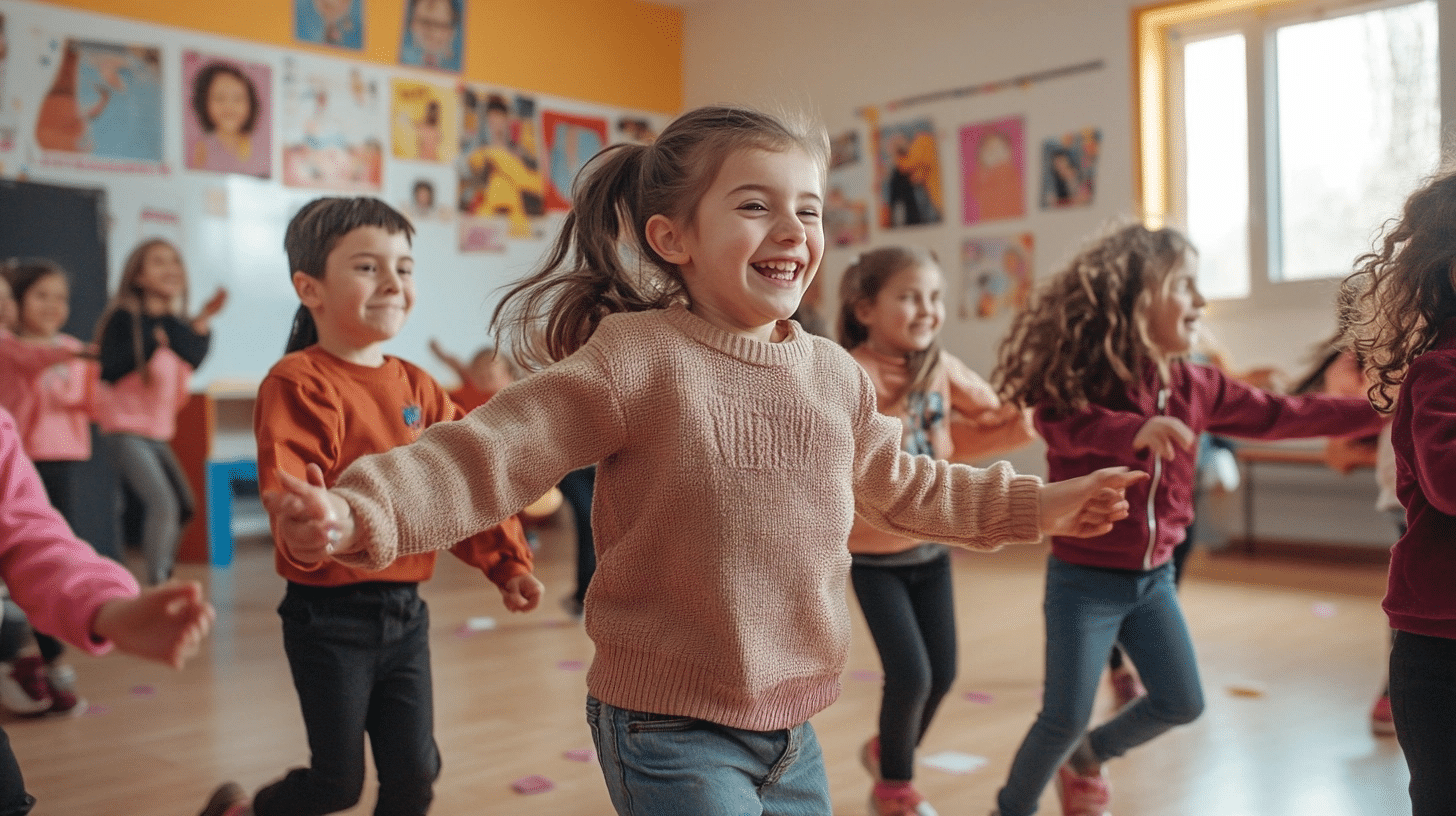
Organize a dance party where children listen to music from legendary Black musicians, such as Duke Ellington, Aretha Franklin, or Michael Jackson. Kids can dance along to the rhythms and learn about these influential artists.
- Significance: Celebrates the cultural influence of Black musicians in the world of music.
- Number of People: 5–20
- Best When: During Black History Month events or music classes.
13. Black History Month Crossword Puzzle
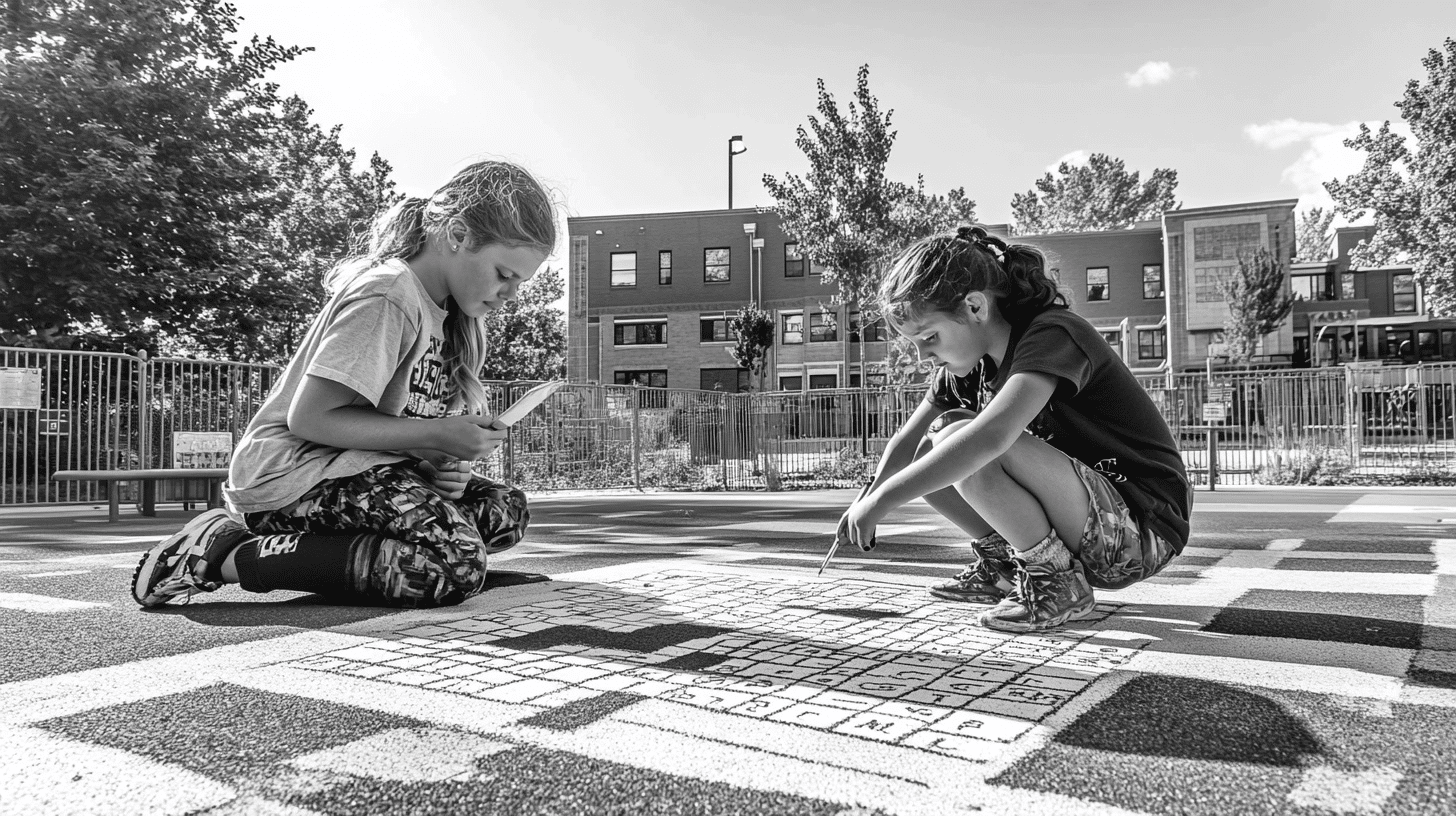
Create a crossword puzzle filled with clues related to Black history. The puzzle may cover historical figures, events, and terms, helping kids learn while solving the puzzle.
- Significance: Reinforces knowledge of key historical facts in Black history.
- Number of People: 1– 4
- Best When: During individual study sessions or group challenges.
14. Underground Railroad Simulation

In this role-playing game, children simulate being runaway slaves and conductors on the Underground Railroad. They find challenges and help each other reach safety.
- Significance: Provides insight into the dangers and triumphs of the Underground Railroad.
- Number of People: 4–10
- Best When: In educational programs or history lessons.
15. Learn and Create African Art
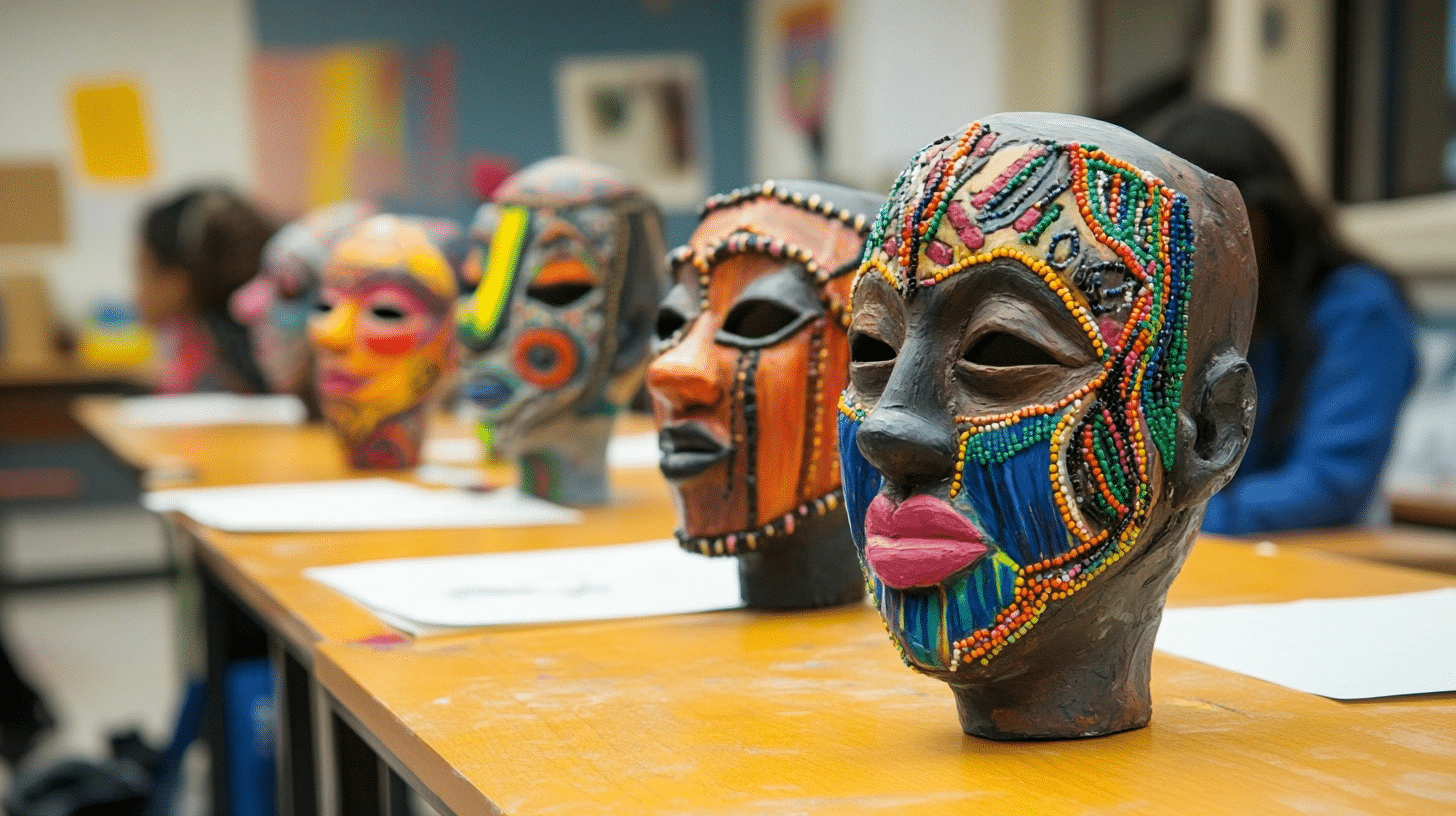
In this activity, children learn about African art forms and create their own pieces inspired by African traditions. They use materials like clay, beads, or fabric to craft symbols, masks, or jewelry.
- Significance: Introduces children to the rich artistic traditions of Africa.
- Number of People: 2–10
- Best When: In art classes or cultural enrichment programs.
Why Use Games to Celebrate Black History Month?
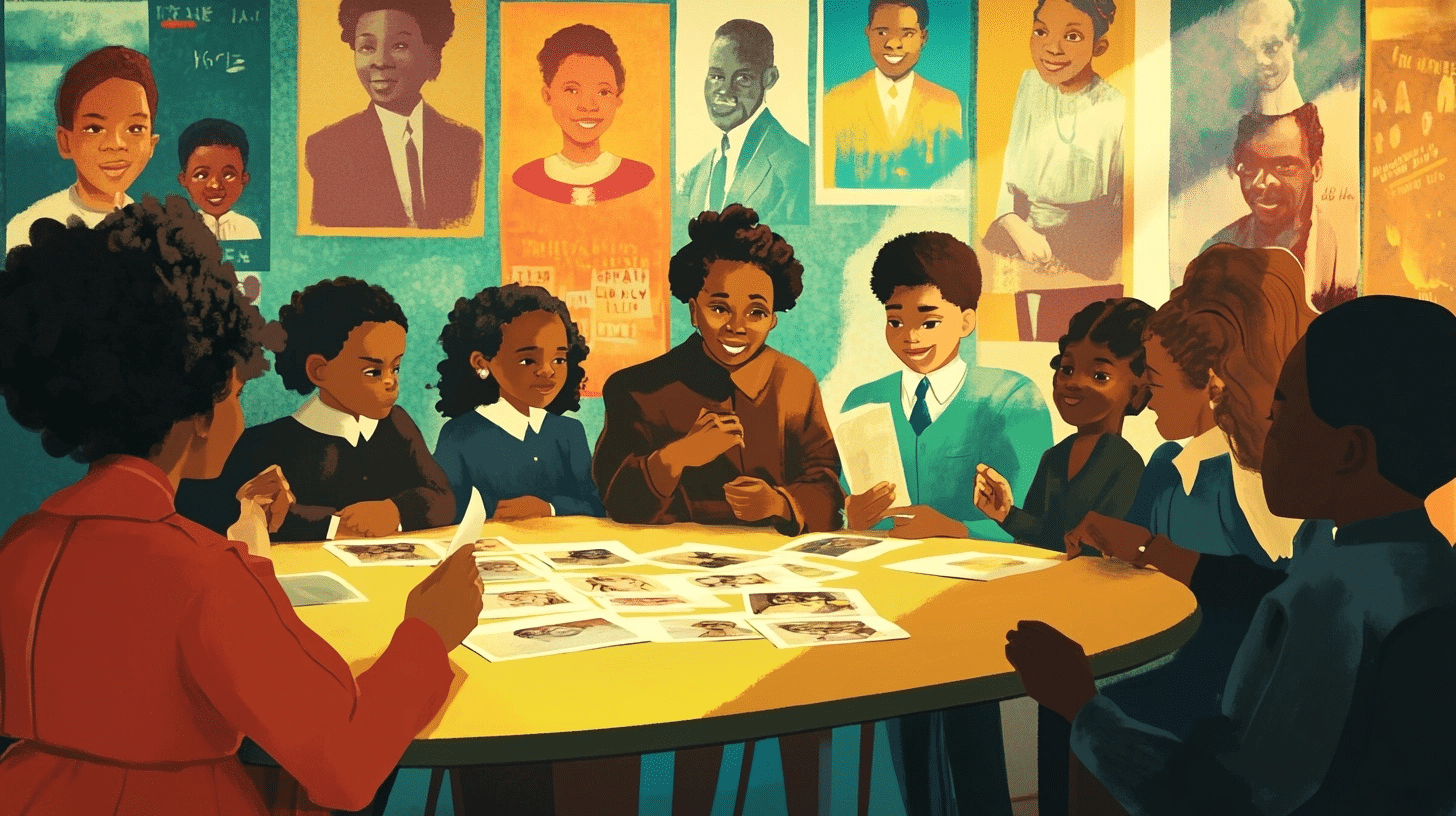
Games make learning about Black history interactive and memorable. When students play games, they engage with the material on a deeper level than through typical classroom methods.
Playing games creates a fun atmosphere where students learn without feeling like they’re studying. This approach helps them absorb facts, names, and events more easily.
Games also build teamwork skills. Students work together, share ideas, and help each other understand concepts. This collaborative environment promotes inclusivity and respect.
Most importantly, game-based learning sticks. The emotional connection formed during play helps students remember historical figures and events long after Black History Month ends. They retain knowledge because they actively participate in the learning process rather than just hearing or reading about it.
Wrapping Up
These 15 black history month games and activities offer more than just fun; they create meaningful connections to black history. By playing, building, and performing, students gain a deeper understanding of important figures and events that shaped our nation.
The best learning happens when students are active participants, not just passive listeners. These hands-on activities help facts stick while building empathy and appreciation.
Try implementing one or two of these ideas in your classroom. You’ll likely notice increased engagement and more thoughtful discussions about the contributions and experiences of black americans throughout history.
What’s your favorite way to teach black history? Share your experiences in the comments below, or tag us in your classroom photos if you try any of these activities!


